Cassini, Jupiter And Saturn




Cassini, Jupiter and Saturn
More Posts from Alitheastronomer and Others
Courtney’s Big Space Book Recommendation Post
Okay, so, hi. It has come to my attention that I have gained a lot - a lot - of followers over the last few weeks due to hype for The Martian. Rad.
So, with that in mind, I’ve decided to put together a bunch of non-fiction space recommendations for y’all. Since an anon asked a few days ago, and I kindof want to do it more justice.
If you are new to me and my blog, you might not be aware that I am a gigantic fucking nerd for human space flight and exploration, and I have a boatload of dumbass blogs about it. So, uh, I’ve read a lot of books. Like, lots.
Keep reading
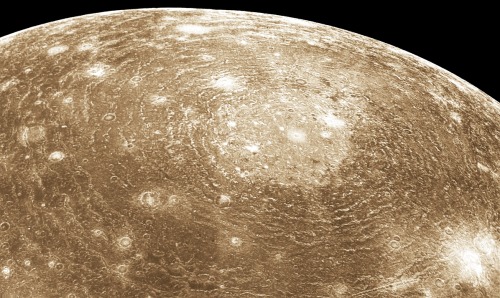
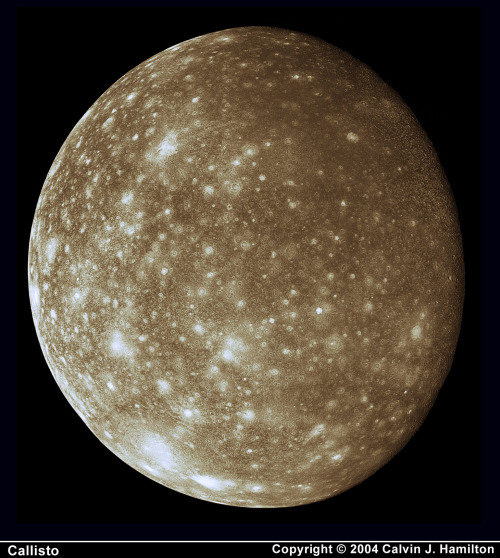
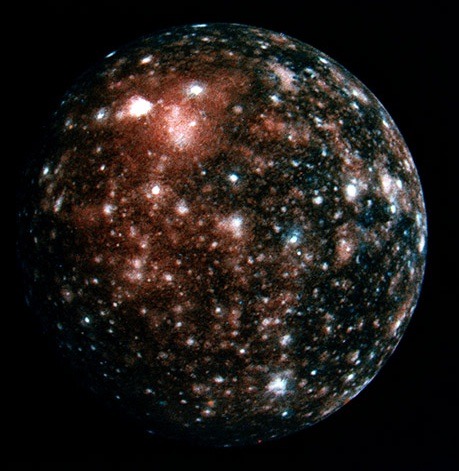

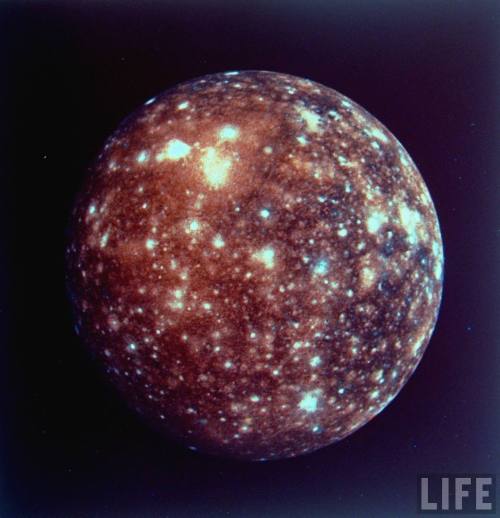
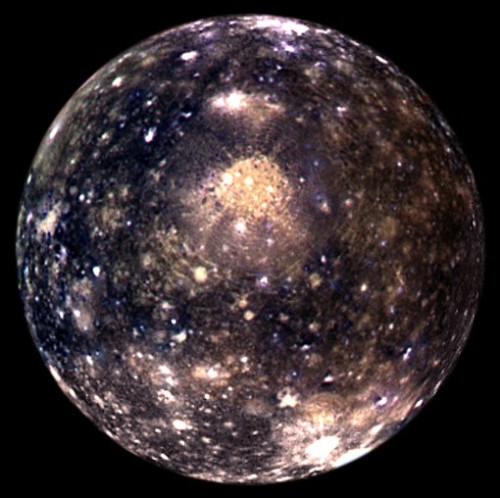

Jupiter’s moon, Callisto.

#Space: Arp 256, a stunning system of 2 #spiral #galaxies in early stage of #merging http://ift.tt/1CMu20M via @esa

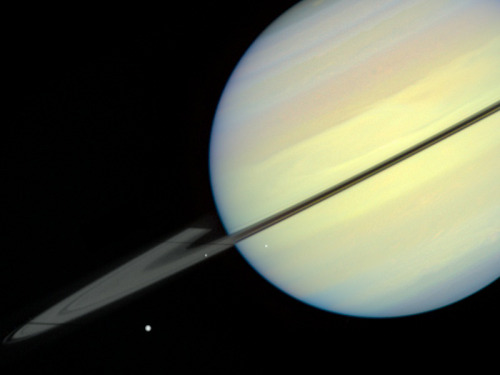
The planet Saturn, observed by the Hubble Space Telescope.

09/27/15
I'm so glad to see this trend and I look forward to seeing it continue!
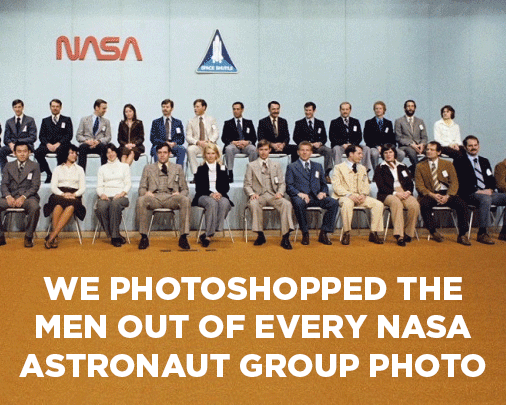
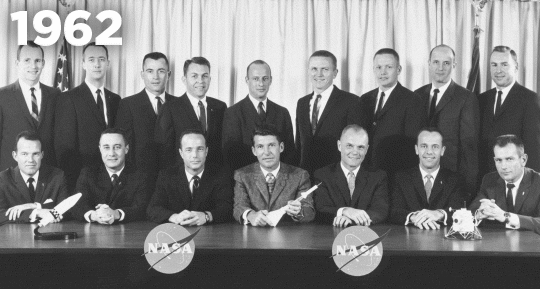
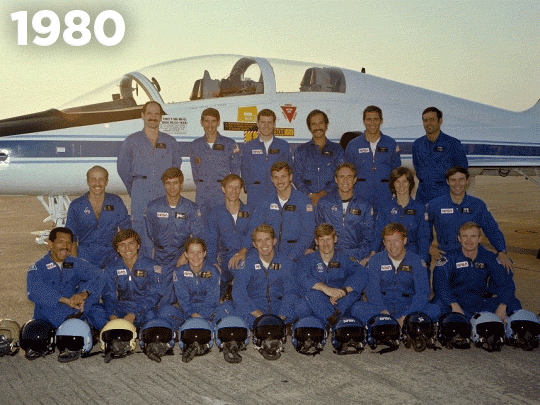
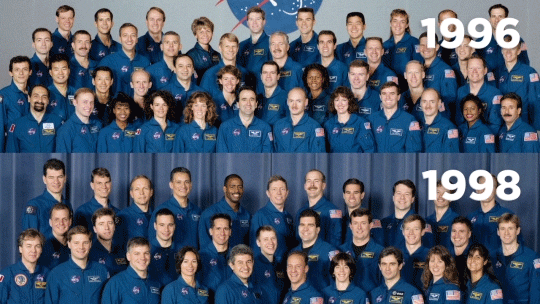
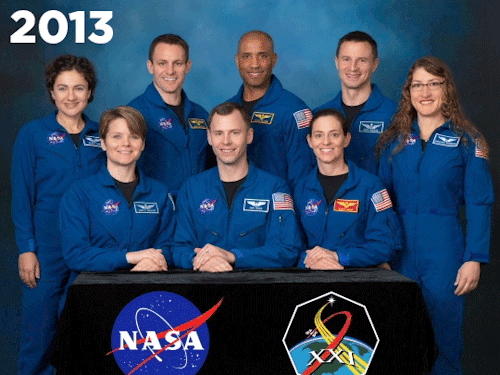
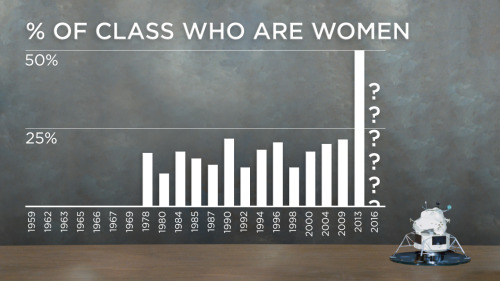
Check out our new video to see every NASA astronaut class. Some patterns emerge.
I love how stars are billions of miles apart and we’re like “that’s a soup ladle”.
What’s Up for February 2016?
Five morning planets, Comet Catalina passes Polaris and icy Uranus and icy Vesta meet near Valentine’s Day.

February mornings feature Mercury, Venus, Saturn, Mars and Jupiter. The last time this five-planet dawn lineup happened was in 2005. The planets are easy to distinguish when you use the moon as your guide. Details on viewing HERE.
If you miss all five planets this month, you’ll be able to see them again in August’s sunset sky.

Last month, Comet Catalina’s curved dust tail and straight ion tail were visible in binoculars and telescopes near two galaxies that are close to the handle of the Big Dipper. Early this month, the comet nears Polaris, the North Star. It should be visible all month long for northern hemisphere observers.

There will be more opportunities to photograph Comet Catalina paired with other objects this month. It passes the faint spiral galaxy IC 342 and a pretty planetary nebula named NGC 1501 between Feb. 10 – 29. For binocular viewers, the magnitude 6 comet pairs up with a pretty string of stars, known as Kemble’s Cascade, on Feb. 24.

Finally, through binoculars, you should be able to pick out Vesta and Uranus near one another this month. You can use the moon as a guide on Feb. 12, and the cornerstone and the corner stars of Pegasus all month long.

For more information about What’s Up in the February sky, watch our monthly video HERE.
Make sure to follow us on Tumblr for your regular dose of space: http://nasa.tumblr.com

MWC 922, The Red Square Nebula

Observatory in the path of an airport is rough on star trails haha
-
 smarmychristopagan liked this · 1 year ago
smarmychristopagan liked this · 1 year ago -
 yavannamire reblogged this · 4 years ago
yavannamire reblogged this · 4 years ago -
 quamatoc liked this · 4 years ago
quamatoc liked this · 4 years ago -
 timesnine reblogged this · 6 years ago
timesnine reblogged this · 6 years ago -
 bolajibadejo reblogged this · 6 years ago
bolajibadejo reblogged this · 6 years ago -
 magnacarta2015 liked this · 6 years ago
magnacarta2015 liked this · 6 years ago -
 squid412-blog reblogged this · 6 years ago
squid412-blog reblogged this · 6 years ago -
 ride-the-puppets-for-all liked this · 7 years ago
ride-the-puppets-for-all liked this · 7 years ago -
 lluviaaacida liked this · 7 years ago
lluviaaacida liked this · 7 years ago -
 susanmehaffey liked this · 7 years ago
susanmehaffey liked this · 7 years ago -
 life-as-a-gummy-bear reblogged this · 8 years ago
life-as-a-gummy-bear reblogged this · 8 years ago -
 mtbking-scotsman-blog liked this · 8 years ago
mtbking-scotsman-blog liked this · 8 years ago -
 aluanar reblogged this · 8 years ago
aluanar reblogged this · 8 years ago -
 gokuson22 liked this · 8 years ago
gokuson22 liked this · 8 years ago -
 lordofsyn reblogged this · 8 years ago
lordofsyn reblogged this · 8 years ago -
 lordofsyn liked this · 8 years ago
lordofsyn liked this · 8 years ago -
 venxstas reblogged this · 8 years ago
venxstas reblogged this · 8 years ago -
 dominionx liked this · 8 years ago
dominionx liked this · 8 years ago -
 96-quite-bitter-beings reblogged this · 8 years ago
96-quite-bitter-beings reblogged this · 8 years ago -
 cosmicmazapan reblogged this · 8 years ago
cosmicmazapan reblogged this · 8 years ago -
 yagirljos reblogged this · 8 years ago
yagirljos reblogged this · 8 years ago -
 yagirljos liked this · 8 years ago
yagirljos liked this · 8 years ago -
 omwtoxell liked this · 8 years ago
omwtoxell liked this · 8 years ago -
 overcooked-memes reblogged this · 8 years ago
overcooked-memes reblogged this · 8 years ago -
 twiztidjuggla liked this · 8 years ago
twiztidjuggla liked this · 8 years ago -
 emilym420-blog liked this · 8 years ago
emilym420-blog liked this · 8 years ago -
 lightsofimmense-blog liked this · 8 years ago
lightsofimmense-blog liked this · 8 years ago -
 touchhmycolarbones-blog reblogged this · 8 years ago
touchhmycolarbones-blog reblogged this · 8 years ago -
 eileencid reblogged this · 8 years ago
eileencid reblogged this · 8 years ago -
 secret7shhh reblogged this · 8 years ago
secret7shhh reblogged this · 8 years ago -
 studyingreatviews reblogged this · 8 years ago
studyingreatviews reblogged this · 8 years ago -
 cokekid liked this · 9 years ago
cokekid liked this · 9 years ago -
 riddlerose reblogged this · 9 years ago
riddlerose reblogged this · 9 years ago -
 perpetualugh-blog liked this · 9 years ago
perpetualugh-blog liked this · 9 years ago